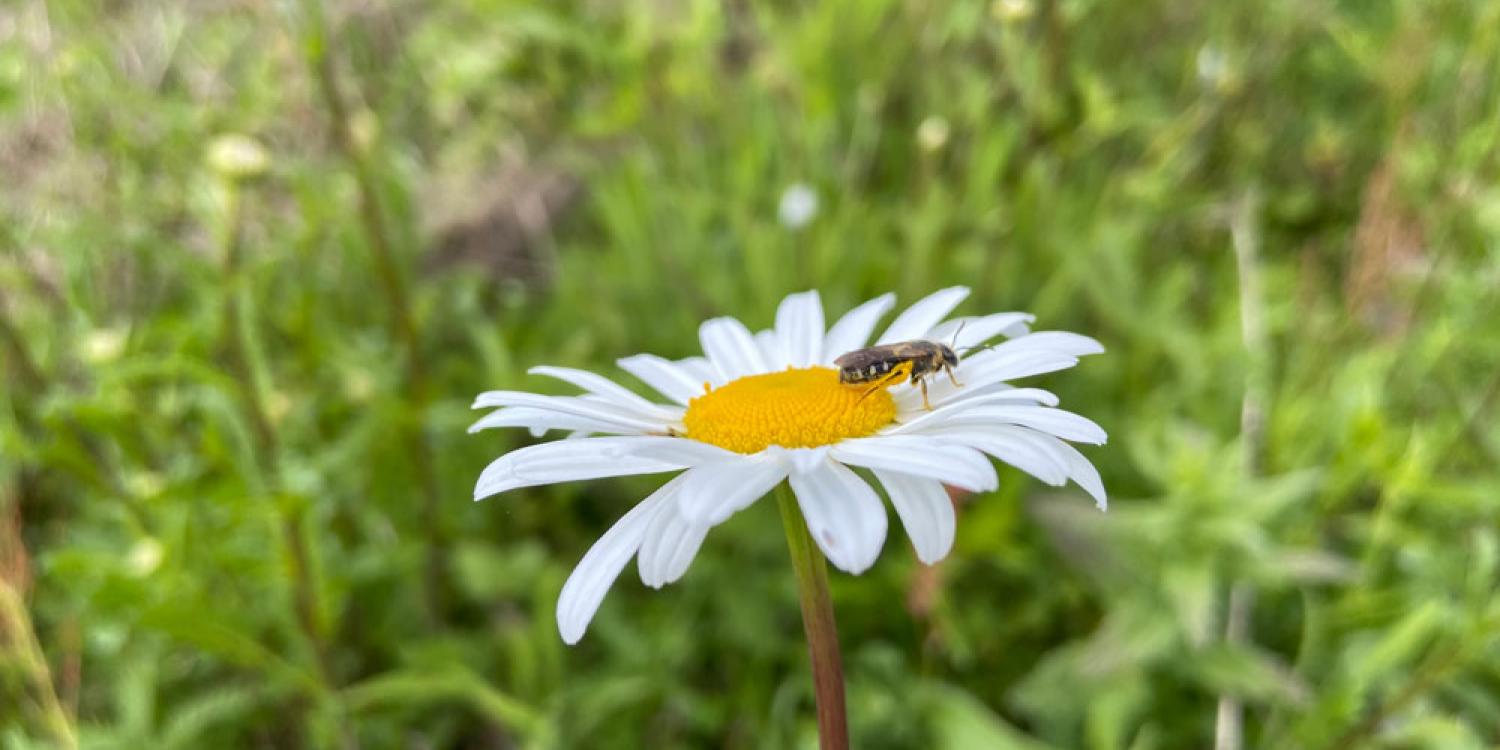
Pollinator health has captured the interest of the country as people become concerned about dwindling populations of bees. Oregon forests are home to an estimated 300 native bee species but there’s much to learn about their abundance, specific habitat needs and how forest managers can protect and enhance pollinator resources.
Woodland owners rank protecting nature and ecological diversity among the top five reasons for ownership. It makes sense that they would have a strong interest in managing their land to protect native pollinators.
In response, Oregon State University Extension Service developed Woodland Pollinator Stewards, an online course that raises awareness of the importance of forests in providing habitat for native bee populations. Extension forestry agents Lauren Grand and Brad Withrow-Robinson and Andony Melathopoulos, Extension pollinator specialist, created the course.
Landowners received nine hours of instruction, participated in five evening discussion sessions, interacted online and attended a field trip. At the end of the course participants were required to volunteer for a community engagement activity and write a pollinator habitat management plan for their property.
As a result, the Woodland Pollinator Stewards course will lead to better scientific understanding of how private woodlands contribute to native pollinator health, as well as improve stewardship of pollinator resources on private woodlands.
In a post-course survey, participants reported a 55% increase in knowledge of bee biology and 100% said they have a better understanding of how to enhance pollinator habitat on their property. Also, 100% said they are or are planning to use what they learned to start appropriate forest practices for bee preservation. Those who finished the course indicated the practical information will allow them to better steward bees in their woodlands.
Landowners who took the course have already enhanced habitat on properties covering 1,719 acres with plans for an additional 902 acres within the next five years. One landowner said, “The learning was fun, applicable to my goals and important for good stewardship.”